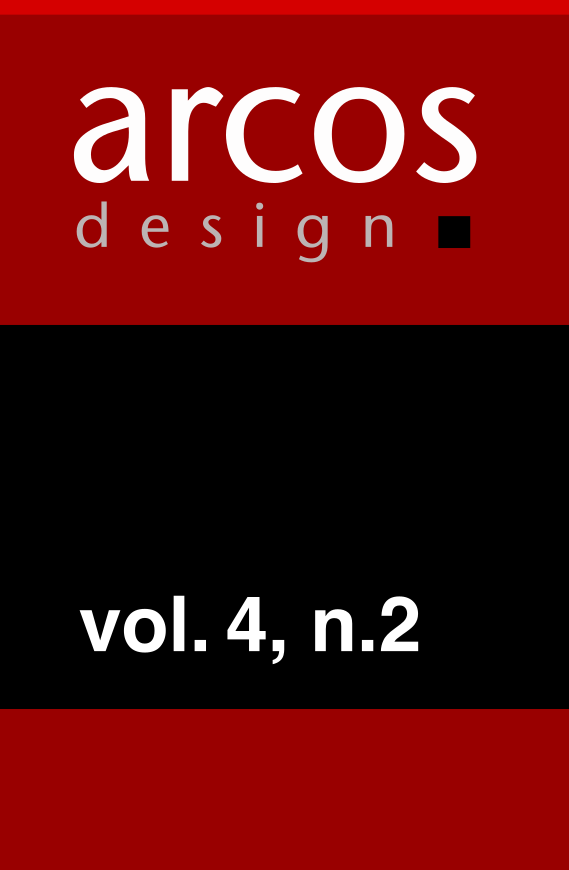Communications for Change
Strategies and Difficulties
Keywords:
communication, social change, cultural values, attitudes, behaviours, accident preventionAbstract
The framework of this paper is created by the problems that current attitudes related to the use of resources and materials create on the environment, and with the need to revise those attitudes and practices that put emphasis on ease of use and omit responsible use.Within this framework, the paper concentrates on problems that pertain to communications, particularly to communications that intend to affect the attitudes and behaviours of people. Furthermore, it explores the general idea of a revision of the notion of use in general through the specific notion of use of the car. Finally, it deals with the communication of a new notion of use and with use as communication.
Downloads
References
Barde, J.P. and Pearce, D.W. (1991). Valuing the Environment. Six Case Studies. London: Earthscan Publications Ltd.
Bernstein, D. (1992). In the Company of Green: Corporate Communications for the New Environment. London: ISBA Publications.
BSO/Origin: putting a price tag on environmental damage, ENDS Report 210, July 1992.
Charter, M. (Ed.), (1992). Greener Marketing: a responsible approach to business. Sheffield: Greenleaf Publishing.
Meadows, D. H (1972). The Limits to Growth: A Report for the Club of Rome's Project on the Prediction of Mankind. New York: Universe Books.
Frascara, J. (1999). Cognition, emotion, and other inescapable dimensions of human experience.Visible Language, 33.1 1999, pp 74-89.
_____________ (2000). Information design and cultural difference, Information Design Journal, Information Design Journal, 9, pp. 119-127.
Maldonado, T. (1972). Design, Nature and Revolution: Towards a Critical Ecology. New York: Harper &. Row Publishers.
Papanek, V. (1972). Design for the Real World. UK: Thames & Hudson.
Winpenny, J.T. (1991). Values for the environment – A guide to economic apprisal, Overseas Development Institute, HMSO.
Downloads
Published
How to Cite
Issue
Section
License

This work is licensed under a Creative Commons Attribution-NonCommercial-ShareAlike 4.0 International License.
Autores que publicam nesta revista concordam com os seguintes termos:
- Os Direitos Autorais dos artigos publicados na revista Arcos Design pertencem ao(s) seu(s) respectivo(s) autor(es), com os direitos de primeira publicação cedidos à Arcos Design com o trabalho simultaneamente licenciado sob uma Licença Creative Commons CC BY-NC-SA 4.0, a qual permite o compartilhamento do trabalho com reconhecimento da autoria e publicação inicial nesta revista. Para mais informações ver: https://creativecommons.org/licenses/by-nc-sa/4.0/
- O(s) autor(es) tem/têm autorização para assumir contratos adicionais separadamente, para distribuição não-exclusiva da versão do trabalho publicada nesta revista (ex.: publicar em repositório institucional ou como capítulo de livro), com reconhecimento de
autoria e publicação inicial nesta revista. - Autores têm permissão e são estimulados a publicar e distribuir seu trabalho online (ex.: em repositórios institucionais ou na sua página pessoal) a qualquer ponto antes ou durante o processo editorial, já que isso pode gerar alterações produtivas, bem como aumentar o impacto e a citação do trabalho publicado.


